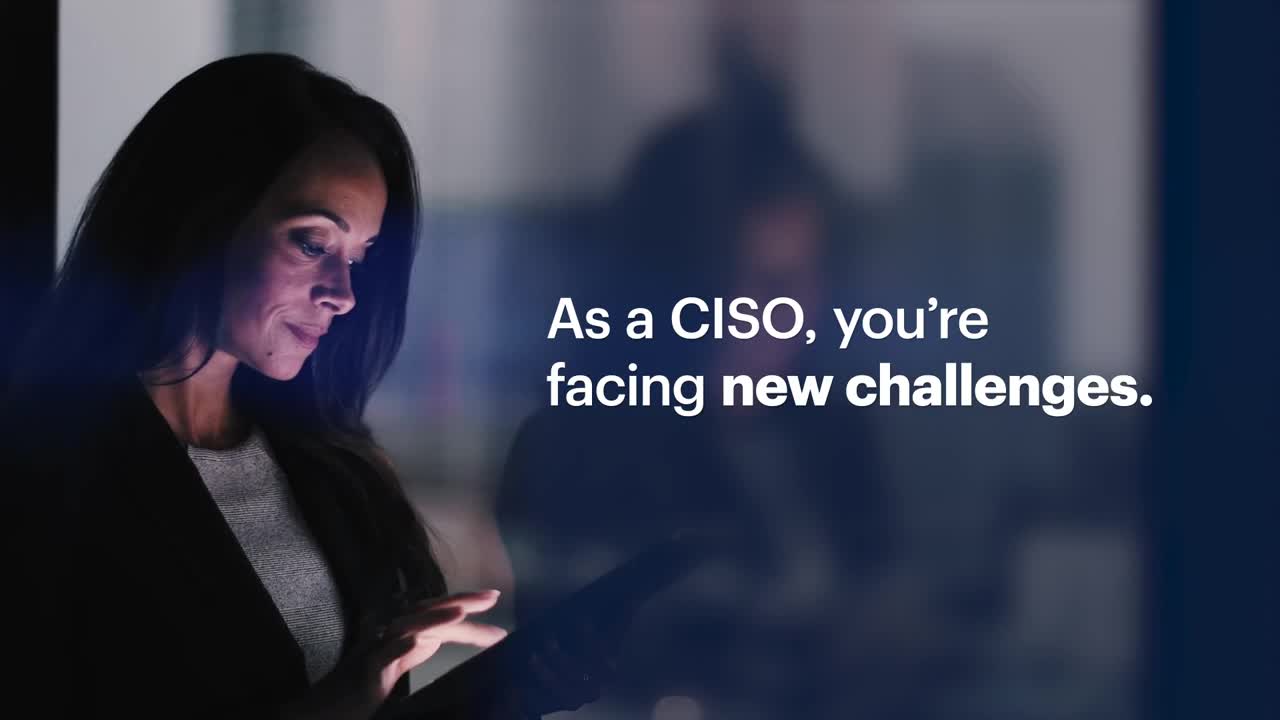Much like their CIO counterparts, information security experts operating as chief information security officers (CISOs) will need to evolve with their roles as the C-suite digitally upskills.
Trends:
- Delegating tactical or “hands-on” cybersecurity work or risk mitigation to staff or other business leaders to focus on strategic oversight and implementation of information risk security planning.
- As the digital dexterity of the CISO’s and CIO’s C-suite counterparts increases, cybersecurity experts are evolving to orchestrate more strategic distributed digital initiatives.
Challenges:
- Information risk and security leadership becoming a distributed C-suite responsibility, not just those of IT management. This has led to senior leaders outside of IT increasingly hiring their own technology talent and actively shaping digital strategy, to test and scale digital business ideas.
- Management of digital foundations, including cross-cutting platforms, integration and talent coordination. As decision making becomes more distributed, CISOs and CIOs will have to focus on architecting and managing cross-cutting platforms (e.g., development environments, customer experience, analytics and integration capabilities) and foster common ways of working across distributed fusion teams.




